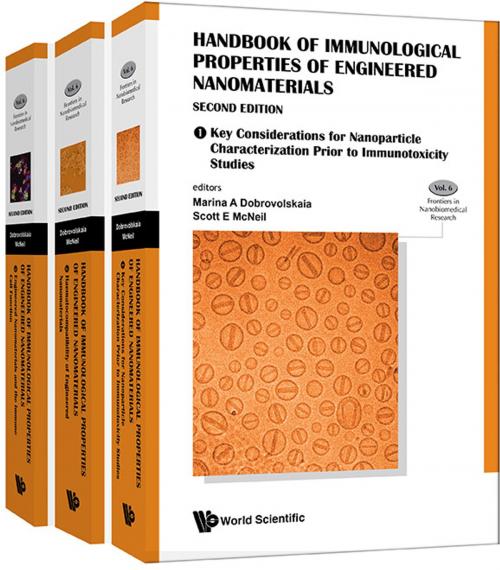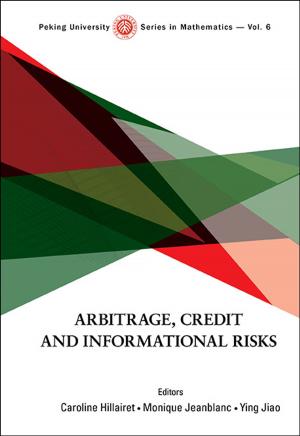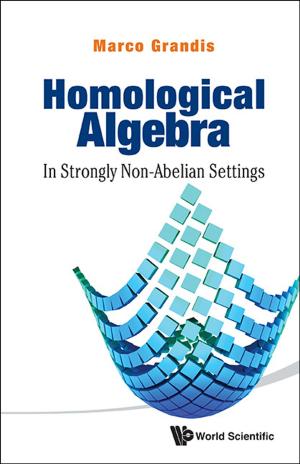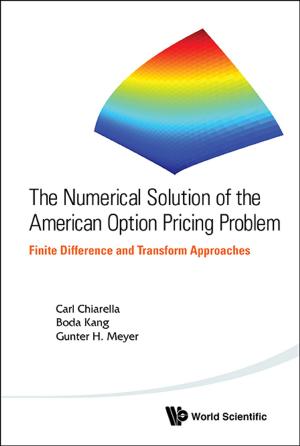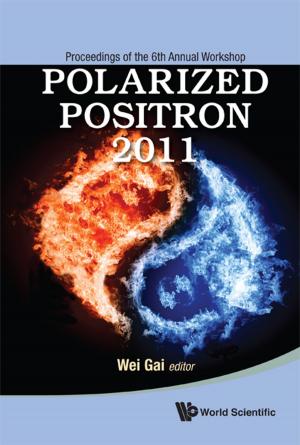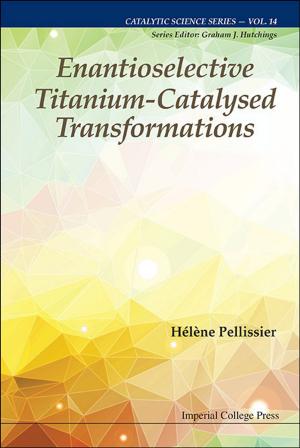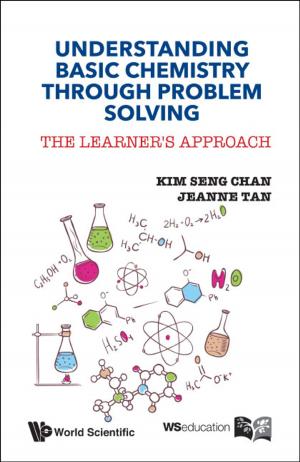Handbook of Immunological Properties of Engineered Nanomaterials
(In 3 Volumes)Volume 1: Key Considerations for Nanoparticle Characterization Prior to Immunotoxicity StudiesVolume 2: Haematocompatibility of Engineered NanomaterialsVolume 3: Engineered Nanomaterials and the Immune Cell Function
Nonfiction, Health & Well Being, Medical, Specialties, Toxicology, Medical Science, Immunology| Author: | Marina A Dobrovolskaia, Scott E McNeil | ISBN: | 9789814699181 |
| Publisher: | World Scientific Publishing Company | Publication: | January 28, 2016 |
| Imprint: | WSPC | Language: | English |
| Author: | Marina A Dobrovolskaia, Scott E McNeil |
| ISBN: | 9789814699181 |
| Publisher: | World Scientific Publishing Company |
| Publication: | January 28, 2016 |
| Imprint: | WSPC |
| Language: | English |
This unique book provides comprehensive overview of the field of immunology related to engineered nanomaterials used for biomedical applications. It contains literature review, case studies and protocols. The book can serve as a source of information about nanoimmunotoxicology for both junior scientists and experts in the field. The authors have more than 10 years of experience with preclinical characterization of engineered nanomaterials used for medical applications, and they share their experience with the readers. In addition, the international team of experts in the field provides the opinion and share the expertise on individual topics related to nanoparticle physicochemical characterization, hematocompatibility, and effects on the immune cell function . The second edition contains updated chapters from the first edition plus new chapters covering areas of tumor immunology, nanoparticle interaction with lymphatic system, mathematical modeling of protein corona, utilization of nanoparticles for the delivery of antiviral drugs, extensive analysis of nanoparticle anti-inflammatory and immunosuppressive properties, novel ways of protecting therapeutic nanoparticles from the immune recognition, as well as case studies regarding nanoparticle sterilization, complement activation, protein binding and immunotherapy of cancer. The second edition comes in 3 volumes. Volume 1 is focused on nanoparticle characterization, sterility and sterilization, pyrogen contamination and depyrigenation. It also contains overview of regulatory guidelines, protocols for in vitro and in vivo immunotoxicity studies, and correlation between in vitro and in vivo immunoassays. Volume 2 is focused on hematocompatibility of nanomaterials. It provides comprehensive review and protocols for investigating nanoparticle interaction with erythrocytes, platelets, endothelial cells, plasma coagulation factors and plasma proteins forming so called "corona" around nanoparticles. Volume 3 is dedicated to nanoparticle interaction with and effects on the immune cell function. It also contains examples of nanoparticle use for delivery of antiviral and anti-inflammatory drugs.
This unique book provides comprehensive overview of the field of immunology related to engineered nanomaterials used for biomedical applications. It contains literature review, case studies and protocols. The book can serve as a source of information about nanoimmunotoxicology for both junior scientists and experts in the field. The authors have more than 10 years of experience with preclinical characterization of engineered nanomaterials used for medical applications, and they share their experience with the readers. In addition, the international team of experts in the field provides the opinion and share the expertise on individual topics related to nanoparticle physicochemical characterization, hematocompatibility, and effects on the immune cell function . The second edition contains updated chapters from the first edition plus new chapters covering areas of tumor immunology, nanoparticle interaction with lymphatic system, mathematical modeling of protein corona, utilization of nanoparticles for the delivery of antiviral drugs, extensive analysis of nanoparticle anti-inflammatory and immunosuppressive properties, novel ways of protecting therapeutic nanoparticles from the immune recognition, as well as case studies regarding nanoparticle sterilization, complement activation, protein binding and immunotherapy of cancer. The second edition comes in 3 volumes. Volume 1 is focused on nanoparticle characterization, sterility and sterilization, pyrogen contamination and depyrigenation. It also contains overview of regulatory guidelines, protocols for in vitro and in vivo immunotoxicity studies, and correlation between in vitro and in vivo immunoassays. Volume 2 is focused on hematocompatibility of nanomaterials. It provides comprehensive review and protocols for investigating nanoparticle interaction with erythrocytes, platelets, endothelial cells, plasma coagulation factors and plasma proteins forming so called "corona" around nanoparticles. Volume 3 is dedicated to nanoparticle interaction with and effects on the immune cell function. It also contains examples of nanoparticle use for delivery of antiviral and anti-inflammatory drugs.
